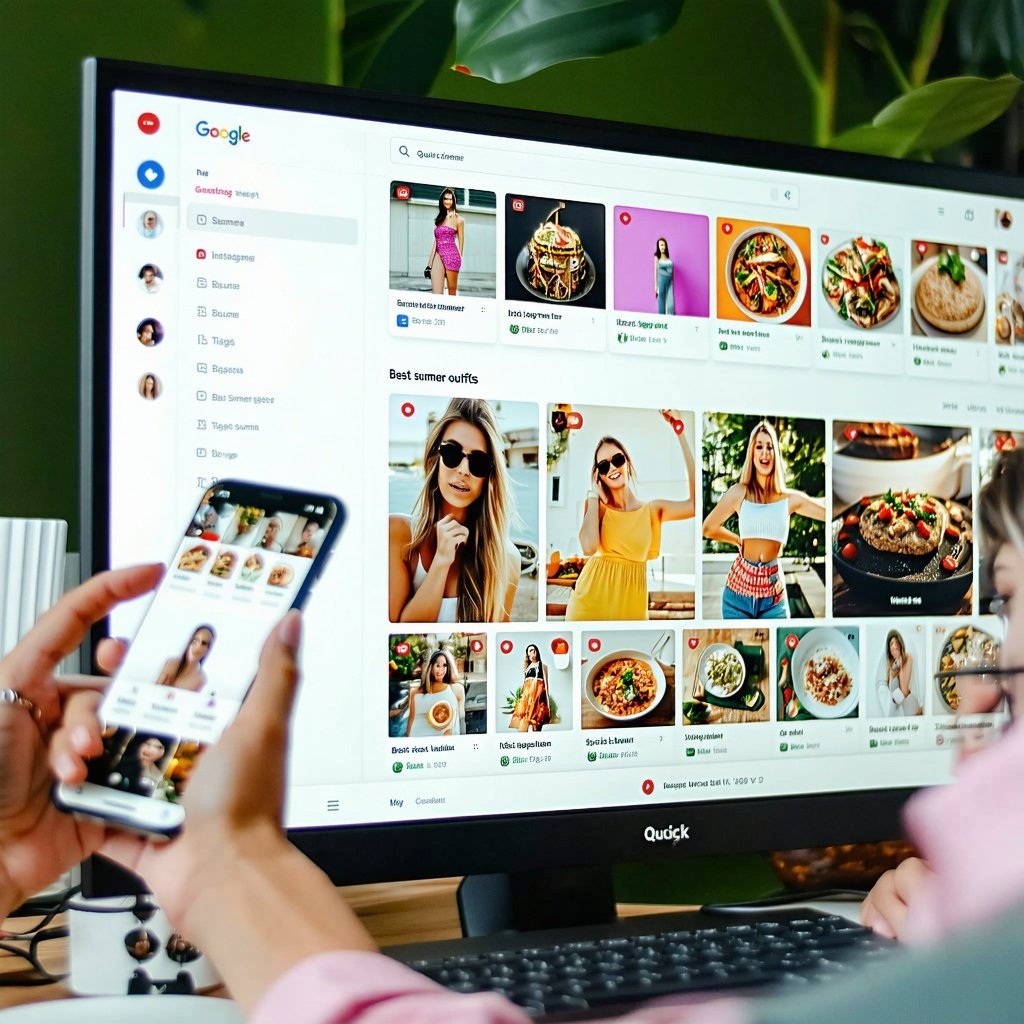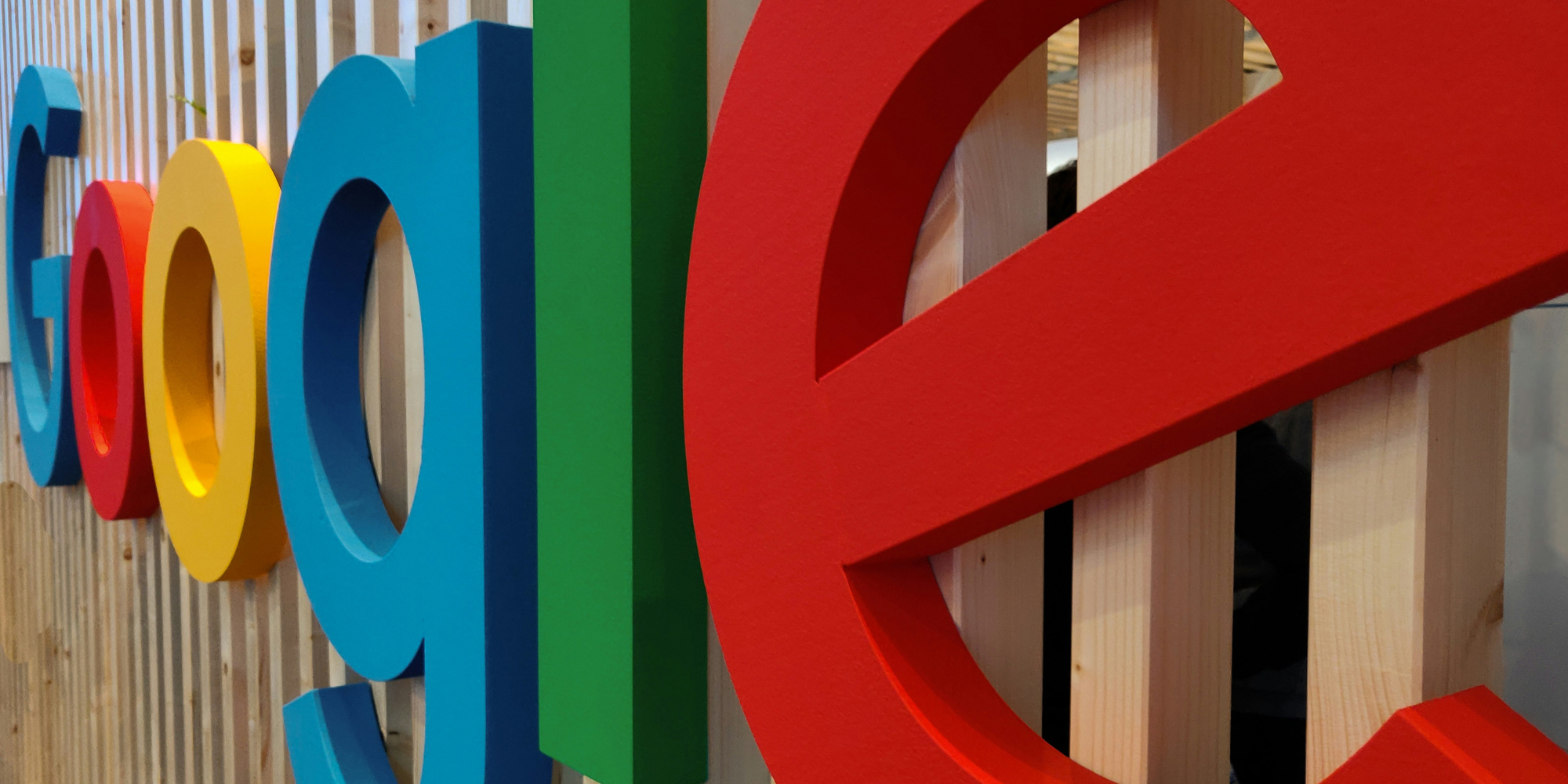Winning in the Age of AI Search: How Brands Can Thrive as Search Evolves
Search is changing faster than ever. With the rise of AI-powered features like Google’s AI Overviews and AI Mode, the familiar “10 blue links” are...
Read moreWhen QR codes first appeared, there were many sceptics who dismissed them as a fad, and claimed they would never gain popularity in the UK. However, those opinions have been proven wrong and there has been a steady rise in their usage since then.
QR is an acronym for 'Quick Response' and the codes work in a similar way to the bar codes found on most retail products. They were originally developed by a subsidiary of Toyota as part of a stock control system for car parts but due to their immense versatility, QR codes have found numerous current uses in terms of advertising, marketing and, latterly, SEO.
QR codes are the ideal medium to marry up two formerly separate forms of advertising, such as print and digital. They can be printed onto almost everything, including business cards, T-shirts and billboards, as well as being used online on websites, blogs and social media.
QR technology is all open source and a new code can literally be created in seconds, free of charge. Many current mobile devices and smartphones now include an app to scan them, otherwise the necessary software can be readily downloaded at no cost to the user.
When used online they provide a vital form of new content, which is always good from a search engine point of view. In addition, they are a type of image, enabling them to be easily added to visual social media sites such as Pinterest and Instagram.
They can also be used as a standalone call to action (CTA) direct from product packaging to digital media by offering access to alternative content or offers that are not accessible via any other method. Because they can only be scanned by mobile devices at the moment, they offer the ideal opportunity to leverage this already huge and ever-growing consumer market.
The main problem with QR codes is that they are not being used in a particularly imaginative way. Not so much where they are being placed, but where the user is directed after scanning one. Many simply lead to a website and not always one that has been optimised for mobile devices.
One of the most unusual exceptions to this has been created by Argentinian advertising director Fred Bosch, who is well known for his alternative material. He has had a QR code tattooed onto his forearm and each time it is scanned a different piece of content is shown.
QR codes are a very simple, cost-free way of extending a marketing strategy.
Used in a creative way they present at least two opportunities for success: they represent a new and different form of content; and they can be used in the same way as any other CTA and could quickly achieve popularity and, most importantly, new traffic for a website.
More articles you might be interested in:

Search is changing faster than ever. With the rise of AI-powered features like Google’s AI Overviews and AI Mode, the familiar “10 blue links” are...
Read more


Arming yourself with the right tools to ensure a smooth site migration is important - find out how to protect your SEO during a migration today.
Read more
Google employees have recently announced that the upcoming Google Core Update is set to be released in the coming weeks. Understanding and addressing...
Read more
Language matters. Any marketer worth their salt knows this. But when discussing gender and sexual orientation, that importance is amplified tenfold.
Read more.png)
Advertising via Google is constantly evolving, and new ways to showcase your brand and business offering are regularly being rolled out. The latest...
Read more
When marketers think of thought leadership, there are names rather than ideas, that tend to spring to mind.
Read more